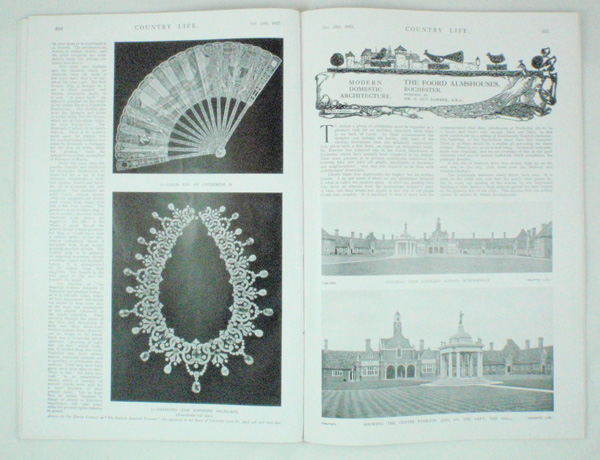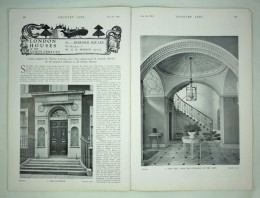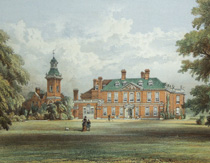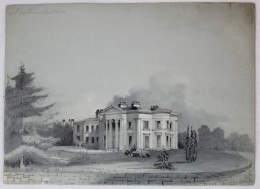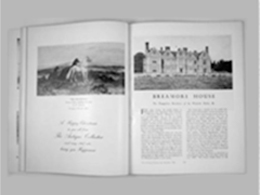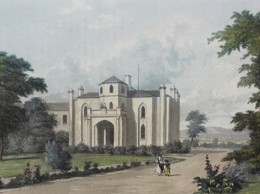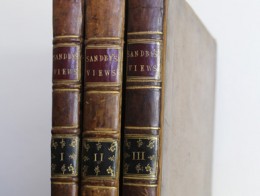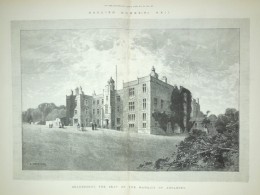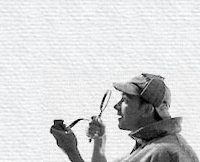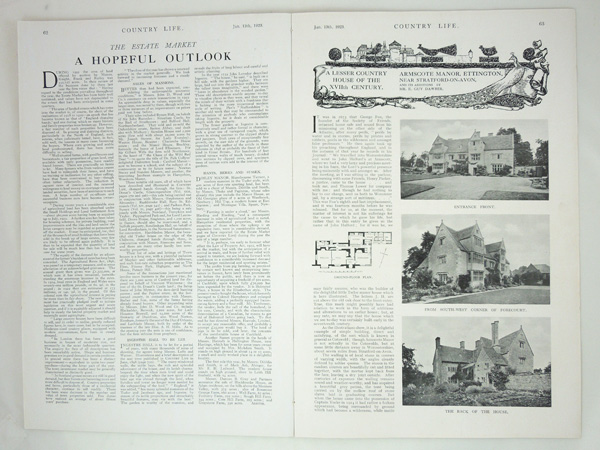
Guy Dawber (1861-1938)
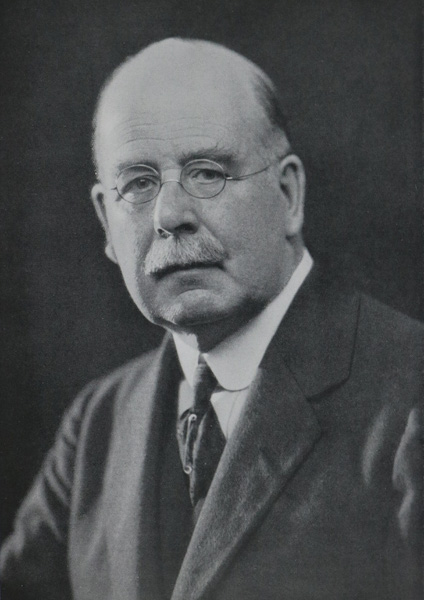 Sir Edward Guy Dawber (1861-1938) was an English Architect and Watercolourist. Born in King's Lynn in Norfolk. In 1877 he moved to Dublin to assist Sir Thomas Newenham Deane. The Land League riots of 1882 resulted in Dawber having to return to England as all building work ceased. Upon his return to England he studied under Harold Peto and Sir Ernest George and supervised the works at Batsford Park in the Cotswolds which was being built for Lord Redesdale. He gained an interest in the architecture of the Cotswolds. He qualified in 1889 and became a member of the Royal Institute of British Architects (RIBA) and in 1890 set up independent practice in the Cotswolds.
Sir Edward Guy Dawber (1861-1938) was an English Architect and Watercolourist. Born in King's Lynn in Norfolk. In 1877 he moved to Dublin to assist Sir Thomas Newenham Deane. The Land League riots of 1882 resulted in Dawber having to return to England as all building work ceased. Upon his return to England he studied under Harold Peto and Sir Ernest George and supervised the works at Batsford Park in the Cotswolds which was being built for Lord Redesdale. He gained an interest in the architecture of the Cotswolds. He qualified in 1889 and became a member of the Royal Institute of British Architects (RIBA) and in 1890 set up independent practice in the Cotswolds.
Dawber specialised on vernacular buildings in the Cotswolds. He designed and converted Nether Swell Manor and Eyford Park, both near Stow-on-the-Wold. During this time Dawber also specialised in garden design and landscaping. He was author of many books including Dawbers Old Cottages, Farmhouses and other stone buildings in the Cotswold District which was published by Batsford in 1905.
Specialising in not only the Cotswolds but in Kent and Sussex with his stone built country houses, Dawber designed one church St. John the Baptist Chapel, at Matlock Bath in Derbyshire in 1897. In London he designed the Lancashire Fire Office in Pall Mall in 1906. His largest commission was Lord Wandsworth Agricultural College in Hampshire which he started in 1915 and replaced Reginald Bloomfield. In 1926 he designed the Foord Almshouses at Rochester in Kent and the same year started work on the designs of the Reptile House at London Zoo Regents Park which opened in 1927.
Other houses by Dawber include Bowling Green, Milborne Port in Somerset and alterations to the grounds and gardens at Wormington Grange, Broadway in Gloucestershire.
Dawber was President of the Royal Institute of British Architects and in 1928 was awarded the RIBA Royal Gold Medal, this was quite an honour for a domestic architect. Edward Guy Dawber became Sir Edward Guy Dawber in 1936.


Batsford Park, the Seat of Lord Redesdale
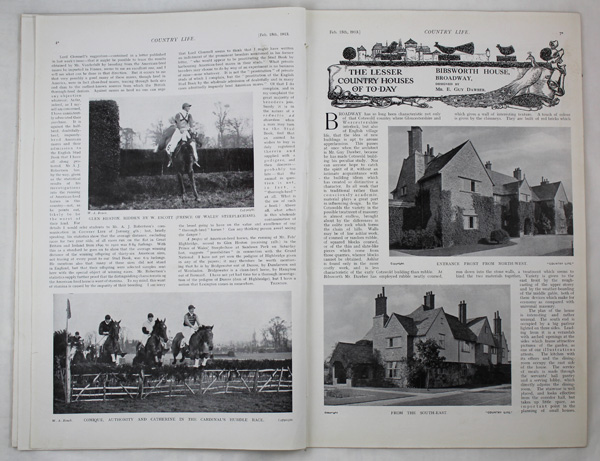
Bibsworth House, Broadway, designed by Mr. E. Guy Dawber
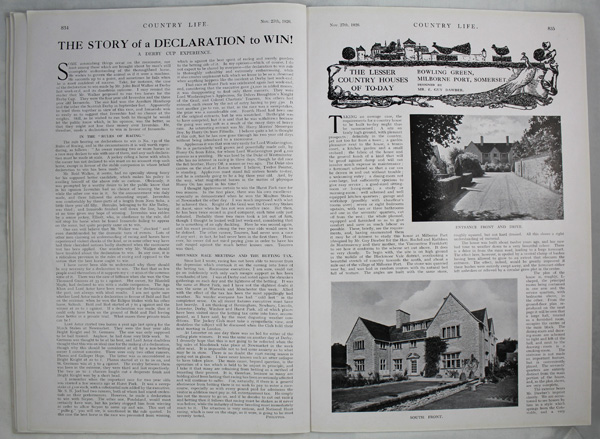
Bowling Green, Milborne Port, Designed by Mr. E. Guy Dawber

Coldicote, Designed by Mr. E. Guy Dawber.
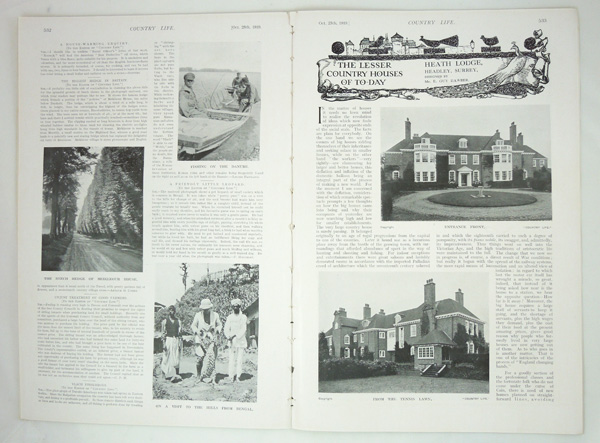
Heath Lodge, Designed by Mr. E. Guy Dawber
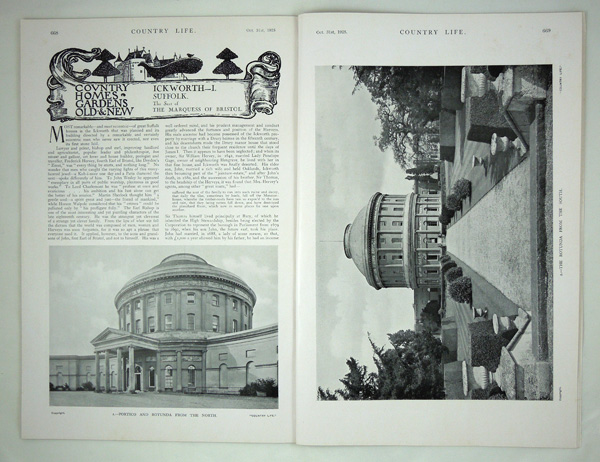
Ickworth (part 1), The Seat of The Marquess of Bristol

Millfield, Tadworth, Designed by Mr. E. Guy Dawber
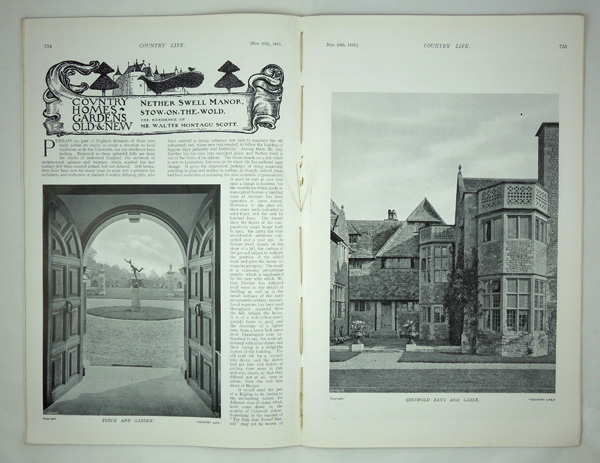
Nether Swell Manor, the Residence of Mr Walter Montagu Scott
